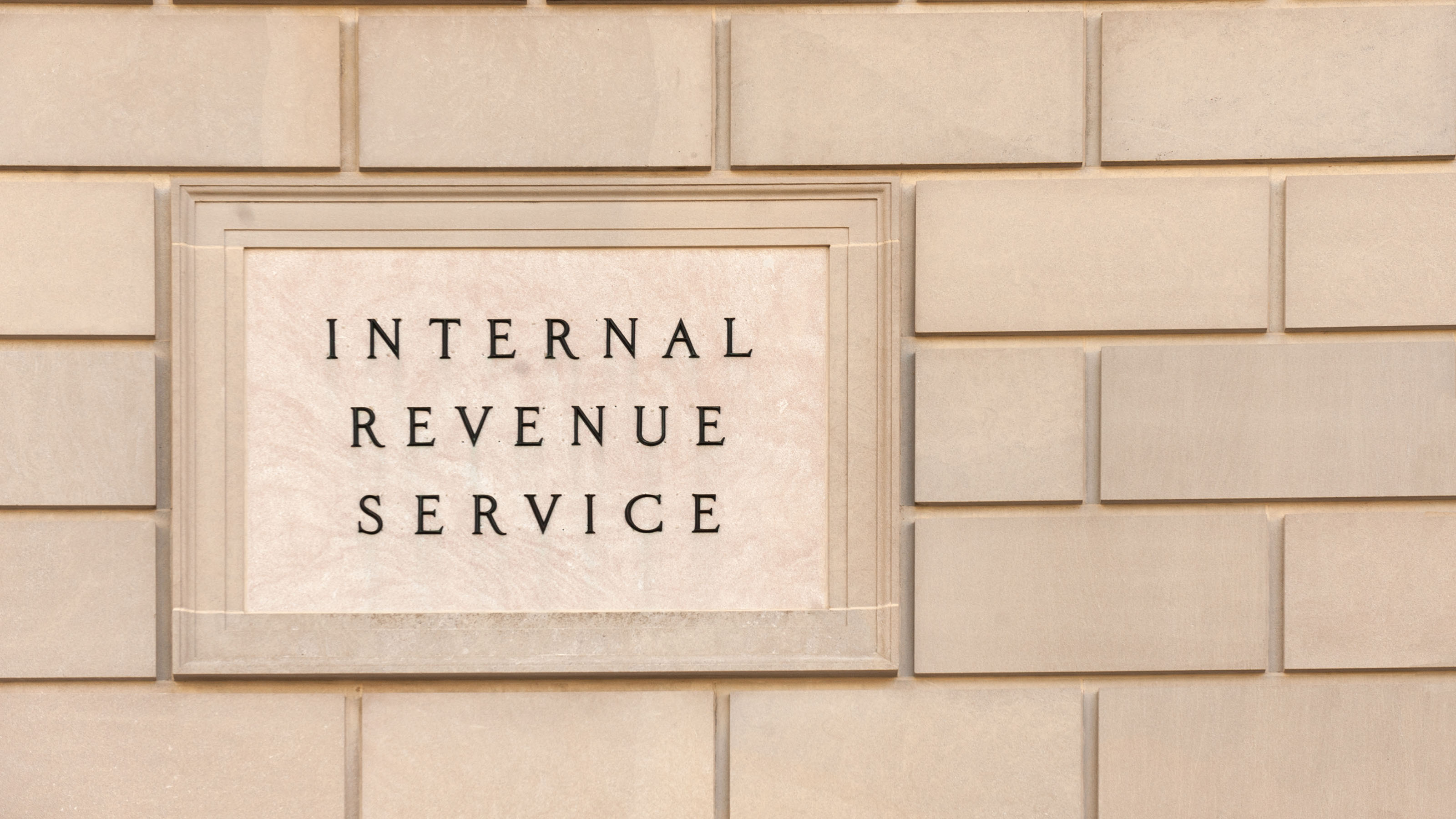How to Calculate RMDs (Required Minimum Distributions) for IRAs
Calculate your RMDs using our guide and simple calculator and avoid stiff penalties from your tax-deferred traditional IRA.

Ellen B. Kennedy

It pays to calculate RMDs (Required Minimum Distributions) as you approach retirement or if you are already retired. You'll avoid tax penalties and preserve more of your retirement savings. Besides that, calculating RMDs can help you strategize gifting or spending to reduce estate taxes (especially if your estate is nearing the federal estate tax exemption) and can also guide your investment strategy.
So, what are RMDs? RMDs are the minimum annual withdrawals you must make each year from most tax-deferred retirement plans (excluding Roth accounts). Because your retirement accounts grow tax-free over time, the government taxes withdrawals through Required Minimum Distributions (RMDs), treated as regular income.
You may be required to take RMDs from your 401(k), 403(b), or other employer-sponsored retirement plans, but here we're focusing on how to calculate RMDs from a traditional Individual Retirement Account (IRA).
Not sure how to calculate your RMD? We’ll walk you through the steps and point you to other practical resources to use. For more detailed information, seek guidance from a qualified financial adviser or tax professional.
When do RMDs start?
Starting RMD withdrawals at the right age is critical. Note that the rules have changed recently.
From just $107.88 $24.99 for Kiplinger Personal Finance
Become a smarter, better informed investor. Subscribe from just $107.88 $24.99, plus get up to 4 Special Issues

Sign up for Kiplinger’s Free Newsletters
Profit and prosper with the best of expert advice on investing, taxes, retirement, personal finance and more - straight to your e-mail.
Profit and prosper with the best of expert advice - straight to your e-mail.
- In 2020, the SECURE Act increased the age for Required Minimum Distributions (RMDs) from retirement accounts from 70-½ to 72.
- The SECURE 2.0 Act raised the RMD age to 73 for individuals who turn 72 on or after January 1, 2023.
- You must take your first RMD by April 1 of the year following the year you turn 73.
- Starting in 2033, the RMD age will increase to 75 for individuals who turn 74 after December 31, 2032.
Year | Your age | Estimated account balance | Estimated RMD amount |
2024 | 73 | $254,316.04 | $9,433.96 |
2025 | 74 | $258,330.24 | $9,973.18 |
2026 | 75 | $262,037.17 | $10,501.23 |
2027 | 76 | $265,392.79 | $11,056.42 |
RMD calculation example: Let's say you are a single man who turned 73 in 2024. The balance in your IRA was $250,000 on December 31, 2023, and you estimate it will grow by 5% annually. In 2024 (at age 73), your required minimum distribution was $9,433.96. As the chart shows, your annual RMD will increase over the next three years, but your account balance will not dip below its original value, assuming it continues to earn the estimated 5% interest.
How to calculate your RMDs
Follow these steps to work out your RMDs for a traditional IRA:
DIY method: Start by determining how much you had in your IRA account as of December 31 of the previous year. Next, you can find your life expectancy factor, or the number of additional years you expect to live, according to actuarial calculations. Divide the account balance by the life expectancy factor to get your RMD.
Simple RMD calculator: Get a quick estimate using our calculator below. Input your retirement account balance, your age and the tool will calculate your RMD.
Note: You must calculate your RMDs for each traditional IRA separately, based on its year-end balance and your life expectancy.
RMD dates to remember
Once you turn 73, it's important to be proactive about following the rules for required minimum distributions for IRAs, or you may face penalties. Also, you can withdraw or use your traditional IRA assets at any time, but a 10% additional tax may apply if you withdraw or use IRA assets before you reach age 59½.
Officially, RMDs are due by December 31 each year, but the IRS gives you flexibility for your first RMD. You can delay your first RMD (required at age 73 in 2025) until April 1 of the following year. If you delay your first RMD withdrawal, you must take your second by December 31 of that same year. Taking two RMDs in one year creates two taxable events, which could increase your taxable income and potentially push you into a higher tax bracket.
RMD penalties
The IRS imposes penalties for taking RMDs that are too small. If you withdraw less than required, the IRS charges a 25% penalty (or 10% if corrected within two years) on the difference between what you withdrew and what you should have taken. You can always take larger distributions, but the RMD sets the minimum withdrawal needed to meet IRS requirements. Withdrawals above the minimum in one year cannot be used to satisfy RMDs in future years.
Which accounts require RMDs?
These retirement accounts will require you to withdraw RMDs (as long as they are not Roth accounts).
- Traditional IRAs
- Traditional 401(k)s
- Nonprofit 403(b) plans
- Government 457 plans
- Simplified Employee Pension (SEP) IRAs
- Savings Incentive Match Plan for Employees (SIMPLE) IRAs
- Profit-sharing plans
- Other defined contribution plans
You must calculate your RMDs for each traditional IRA separately, based on its year-end balance and your life expectancy. However, you can withdraw the total required minimum distribution amount from any combination of your IRA accounts (one or more). This simplifies bookkeeping and allows you to strategically draw down an IRA, such as one with poor performance or underperforming investments.
What are the RMD rules for an inherited IRA?
The IRS states that beneficiaries of inherited IRAs follow specific RMD rules, which vary based on when the original account owner passed away, the beneficiary’s relationship to the account holder, and whether the death occurred before or after January 1, 2020.
Generally, the rules are:
Spousal Options: If you inherit a Traditional, SIMPLE IRA, Rollover, or SEP-IRA from your spouse, you have multiple options, depending on whether your spouse died before or after their RMD start date (age 73 in 2025). A common choice is transferring the funds to your own IRA, but you can also take a lump-sum distribution or maintain the inherited IRA with specific RMD rules.
Non-Spousal Options: If you inherit an IRA from someone other than your spouse, withdrawal rules depend on your status as a designated beneficiary, eligible designated beneficiary (minor child, disabled individual), or non-individual, such as a trust or estate. For deaths after December 31, 2019, most non-spousal beneficiaries must withdraw all funds within 10 years, with specific RMD requirements for eligible designated beneficiaries.
Read Retirement Topics — Beneficiary on the IRS website to fully understand the rules and how they apply to your personal situation.
Consider RMDs in the context of your broader retirement goals
To better save for retirement, consider all of your options, such as contributing to a 401(k) or IRA, or 403(b). Different accounts may have different fees that can eat into returns, in addition to different tax implications. And you should consider whether you will be required to take minimum distributions once you hit age 73. Roth IRAs don’t require RMDs, but traditional IRAs and other retirement accounts do.
More resources
Other calculators: Fidelity's RMD tool is one we recommend, as it accounts for your spouse's age and projects your RMDs for future years.
The IRS: Or, go to the source: Visit the IRS website to find additional information on RMDs, such as what they are, the types of retirement plans that require RMDs, the timeline for taking minimum distributions and how the amount is calculated.
We strongly recommend that you seek the advice of a financial services professional with whom you have a fiduciary relationship before making any investment or significant financial decision.
Related Content
- Required Minimum Distributions (RMDs): Key Points to Know
- Roth IRAs: What They Are and How They Work
- Rolling Over a 401(k) Into an IRA
- An IRA Contribution Option You Might Not Know
Profit and prosper with the best of Kiplinger's advice on investing, taxes, retirement, personal finance and much more. Delivered daily. Enter your email in the box and click Sign Me Up.

For the past 18+ years, Kathryn has highlighted the humanity in personal finance by shaping stories that identify the opportunities and obstacles in managing a person's finances. All the same, she’ll jump on other equally important topics if needed. Kathryn graduated with a degree in Journalism and lives in Duluth, Minnesota. She joined Kiplinger in 2023 as a contributor.
- Ellen B. KennedyRetirement Editor, Kiplinger.com
-
 How Much a $100k Jumbo CD Earns You
How Much a $100k Jumbo CD Earns YouYou might be surprised at how fast a jumbo CD helps you reach your goals.
-
 How Charitable Trusts Benefit You and Your Favorite Charities
How Charitable Trusts Benefit You and Your Favorite CharitiesThese dual-purpose tools let affluent families combine philanthropic goals with advanced tax planning to generate income, reduce estate taxes and preserve wealth.
-
 A 5-Step Plan for Parents of Children With Special Needs
A 5-Step Plan for Parents of Children With Special NeedsGuidance to help ensure your child's needs are supported now and in the future – while protecting your own financial well-being.
-
 Holiday Tax Scams 2025: 'Tis the Season to be Wary
Holiday Tax Scams 2025: 'Tis the Season to be WaryTax Scams Navigating tax tricks of the holiday season may be daunting, but don't let that destroy your festive spirit
-
 Estate Tax Quiz: Can You Pass the Test on the 40% Federal Rate?
Estate Tax Quiz: Can You Pass the Test on the 40% Federal Rate?Quiz How well do you know the new 2026 IRS rules for wealth transfer and the specific tax brackets that affect your heirs? Let's find out!
-
 Law Reversal Looming? Trump Eyes 2026 Gambling Winnings Tax Change
Law Reversal Looming? Trump Eyes 2026 Gambling Winnings Tax ChangeTax Deductions It's no secret that the IRS is coming after your gambling winnings in 2026. But how long will that last?
-
 The 'Scrooge' Strategy: How to Turn Your Old Junk Into a Tax Deduction
The 'Scrooge' Strategy: How to Turn Your Old Junk Into a Tax DeductionTax Deductions We break down the IRS rules for non-cash charitable contributions. Plus, here's a handy checklist before you donate to charity this year.
-
 IRS Says You Made a Tax Return Mistake? A New Law Could Help You Fight Back
IRS Says You Made a Tax Return Mistake? A New Law Could Help You Fight BackTax Law Updated taxpayer protections change what the IRS must explain on error notices and how long you have to respond.
-
 Tax Refund Alert: House GOP Predicts 'Average' $1,000 Payouts in 2026
Tax Refund Alert: House GOP Predicts 'Average' $1,000 Payouts in 2026Tax Refunds Here's how the IRS tax refund outlook for 2026 is changing and what steps you can take now to prepare.
-
 New 2026 Tax Change Could Mean More for Your IRA and 401(k) Savings
New 2026 Tax Change Could Mean More for Your IRA and 401(k) SavingsRetirement Savings Here's how the new IRS inflation adjustments will increase the contribution limits for your 401(k) and IRA in the new year.
-
 3 Ways High-Income Earners Can Maximize Their Charitable Donations in 2025
3 Ways High-Income Earners Can Maximize Their Charitable Donations in 2025Tax Deductions New charitable giving tax rules will soon lower your deduction for donations to charity — here’s what you should do now.